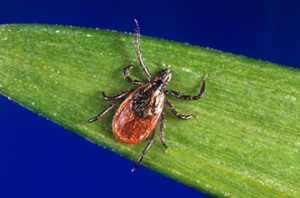Pasture managers looking for answers on when the best time to mechanically clip pastures will find the answer in this episode of Forage Focus. This past winter, host- Christine Gelley- Extension Educator, Agriculture & Natural Resources in Noble County connected with her neighbor- Ted Wiseman- Extension Educator, Agriculture & Natural Resources in Perry County on the topic over the phone. Together with complementary visuals, in this episode they discuss on-farm research and concepts that surround the decisions of when and how to clip/mow/bush hog/brush hog pastures to promote the growth of desirable plants in diverse pasture ecosystems.
You’re invited to direct your questions/comments to Ted or Christine at:
Ted Wiseman
Perry County Extension
104 S. Columbus St., Somerset, OH 43783
Phone: 740-743-1602
Email: wiseman.15@osu.edu
Website: perry.osu.edu
Christine Gelley
Noble County Extension
46049 Marietta Rd., Suite 2, Caldwell, OH 43724
Phone: 740-732-5681
Email: gelley.2@osu.edu
Website: noble.osu.edu







